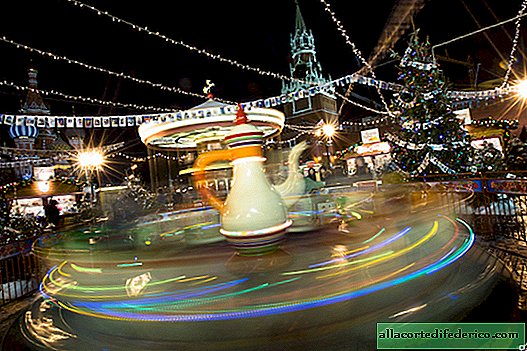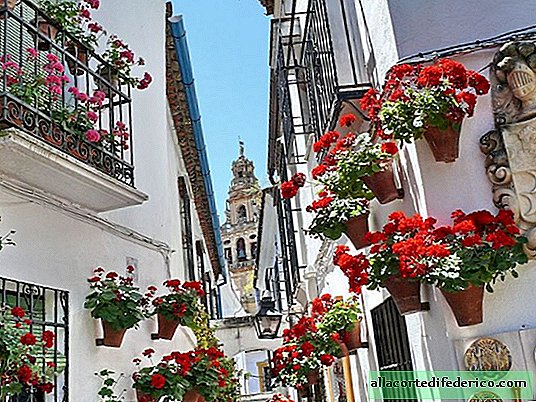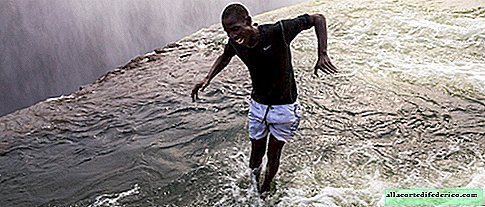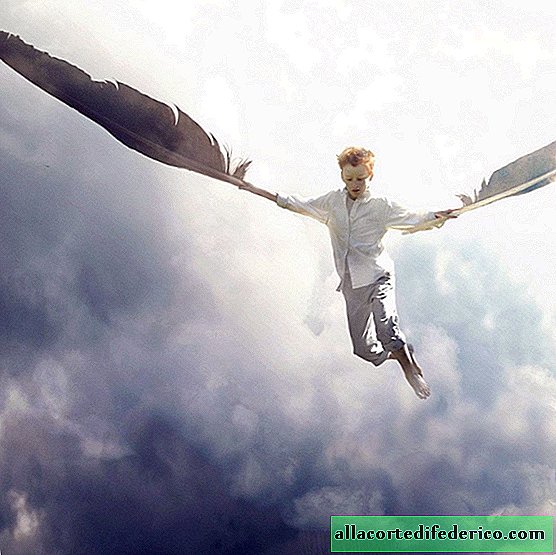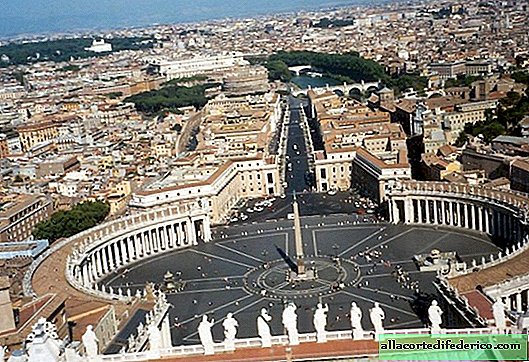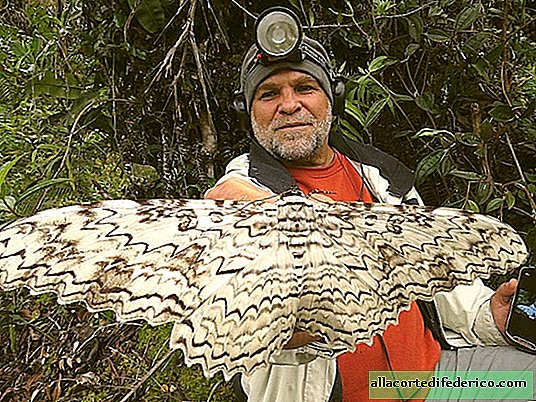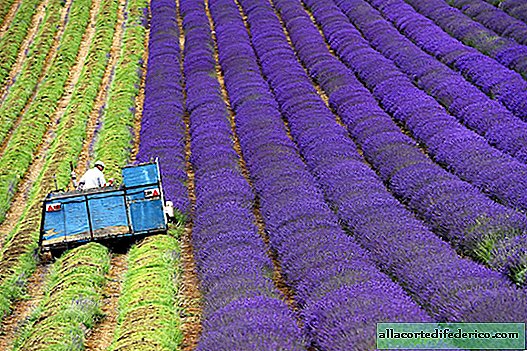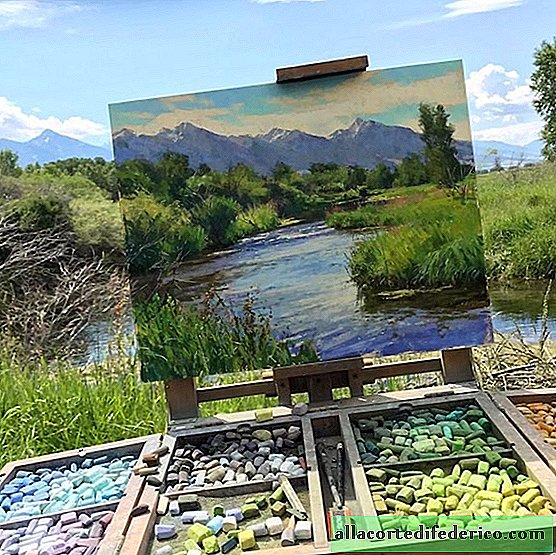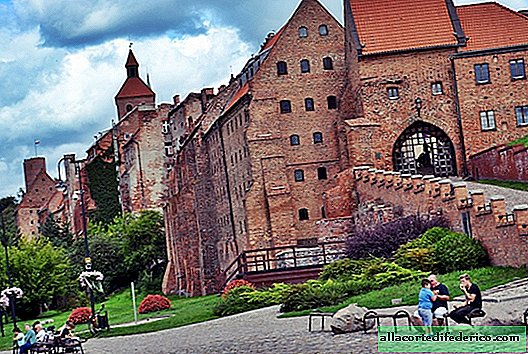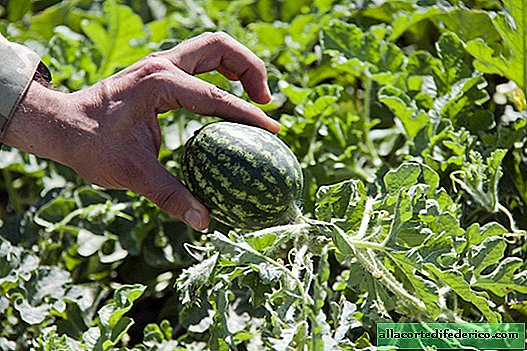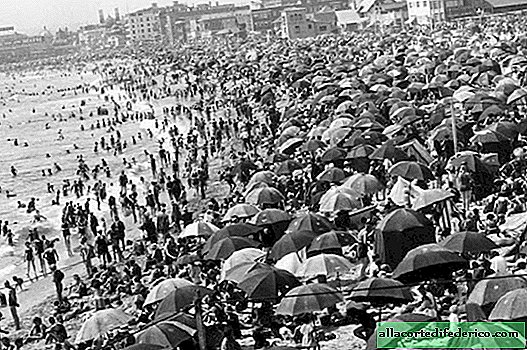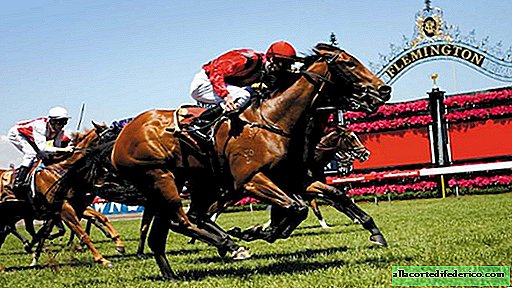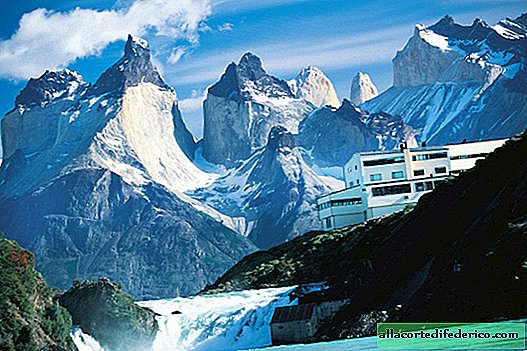How to make cigars in the Dominican Republic?
Probably heard that the best cigars are those that twist Dominican virgins on their hips. To find out whether it is or not, we went to a small private cigar factory in southeast Dominican Republic.
Cigars, rum and the Dominican Republic are inseparable from each other, like Siamese twins. There are probably more cigar factories and small private enterprises in the Dominican Republic than there are dairies in Russia. In every small village there is a cigar shop and not one. It produces cigars and such famous brands as Davidoff, Romeo & Julieta, Arturo Fuente, as well as dozens of less well-developed brands and small private manufactories. Many travel agencies arrange excursions to large enterprises and factory shops, where you can see the whole process of rolling cigars. And, I must say, this is an interesting sight.

We went to see how they turn cigars at a private manufactory, where only 7 people work. Despite the fact that the company is very small, its cigars are quite popular in the resort area of Bavaro, where many shops offer manufactory products.
This is the workplace of the torsedor, that's what the master who makes the cigars is called. As you can see from the first photo, this is a guy, not a virgin, and he does not turn cigars on his thigh, but on a special table with a metal plate polished by tobacco leaves.

You probably shouldn't say that cigars are made from tobacco leaf.
The cigar has a structure consisting of three components: a tobacco leaf filler (tripa), which occupies most of the cigar volume, a bonding sheet (capote) that shapes the cigar, and a cover sheet (capa) that wraps the cigar on the outside.
The filler often includes three types of leaves: ligero (the top leaf of the tobacco bush, which receives the most sunlight and gives the strength to the future cigar), seco (small light leaves responsible for the aroma) and volado (the lower leaves of the plant, which ensures the burning of the cigar). It is believed that it is the high-quality filler that determines the nobility of the cigar, so manufacturers often keep the ingredients of cigar mixtures secret.

Each cigar variety has its own filler leaf composition. Thorsedor collects the right amount of leaves in a bunch and proceeds to curl the cigar.

The leaves of the filler are wrapped with a binder sheet.
A tie sheet is needed in order to give the cigar the necessary shape. Strength and resilience are important to the binder sheet, and flavor is a secondary characteristic that manufacturers pay attention to only the most expensive cigars. In cheap machine-rolled cigars, a binder sheet may not be present at all. Such cigars are called cigarillos.

Cigar blanks may vary slightly in length and density, but that's okay.

After the blanks are ready, they are placed in a special wooden form with recesses, consisting of two parts. Having combined both parts, they put the mold for half an hour under the press.

Then comes the final cigar wrapping and trimming stage.

Cover sheets give the cigar a finished look, so they should look neat, the same, and have virtually no streaks.
The sheet is immediately cut to the desired size, and then the master obliquely wraps a cigar in it.

Finished cigars wrapped in a cover sheet.

All the excess is cut off from the cigar ...

... and the hat is glued. The freedom of circulation of smoke when smoking a future cigar and its aesthetic appearance depend on the correctness of all these actions. The process is carried out entirely by hand, without any special tools, and therefore requires a lot of experience from the tiller.

Cigars have different shapes. They are usually divided into two main groups: straight (parejos) - these are cigars of an even cylindrical shape, rounded from the side of the head, and curly (figurados), which include such forms of cigars as pyramid, perfecto, belicoso, torpedo, culebra and others. For a smoker, the difference between them (in addition to appearance) is in more pronounced changes in the taste of curly cigars during their smoking. There is no single world classification of cigar formats, therefore, different manufacturers under the same name may have cigars of different shapes, and cigars of the same profile may be named differently.

Cigars of the most common, direct form (parejos) are usually classified by the ratio of their length and diameter. The diameter of the cigar, in addition to the size in millimeters, is usually measured in special units equal to 1/64 inch. The diameter indicated in such units is called cepo (caliber). As a rule, large-diameter cigars have a stronger taste, and burn slowly and evenly.

One master makes up to 200 cigars per day.

At the final stage, cigars are sent to a special room - a humidor, where they gain their taste and aroma.

After the cigars have settled in the humidor, they are packed and sent for sale.

As I said above, cigars come in many different shapes. But they also come in different sizes. Even with a stick of smoked sausage ...

Cigar smoking is different from cigarette smoking. Unlike cigarette smoking, cigar smoke does not need to be pulled into the lungs. It is enough to rinse the smoke in the mouth and release it after two to three seconds. The optimal time between puffs is considered to be from 30 to 90 seconds.
An extinguished cigar can be smoked again, but no more than two or three times, and only until it has cooled (otherwise, the taste and aroma will change dramatically and become unpleasant).
It is highly discouraged to intentionally extinguish a cigar - it must be put in order for it to go out on its own (among cigar lovers, deliberate cigar extinguishing is considered disrespect for the master who released it and is a sign of bad taste).


